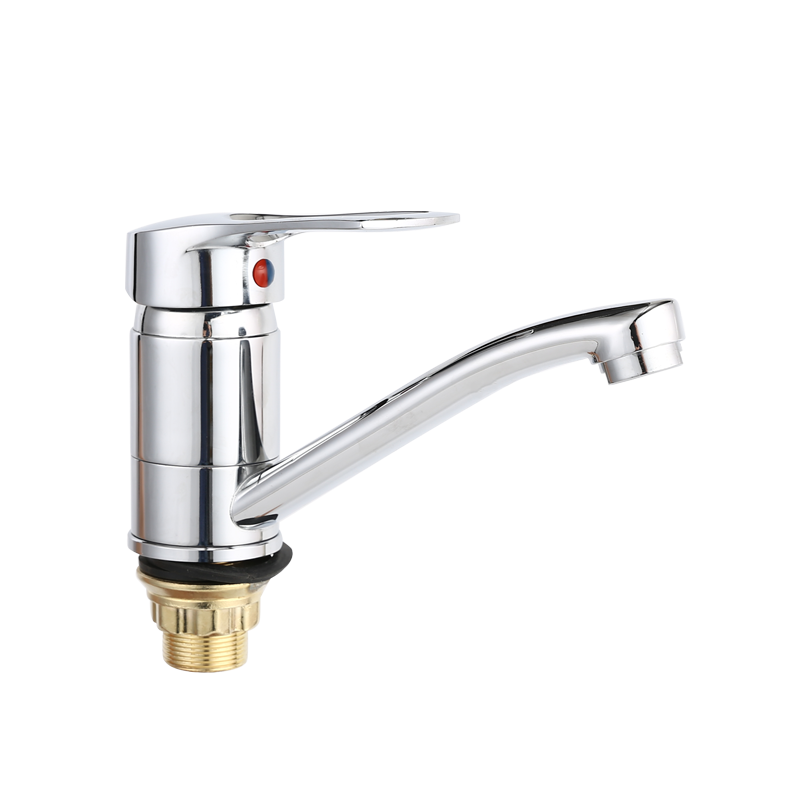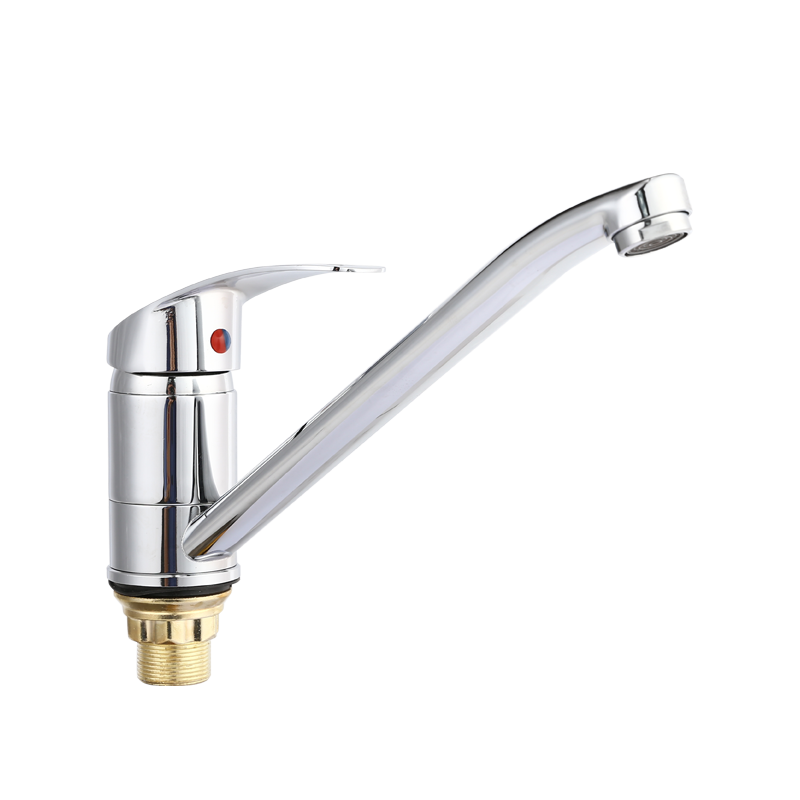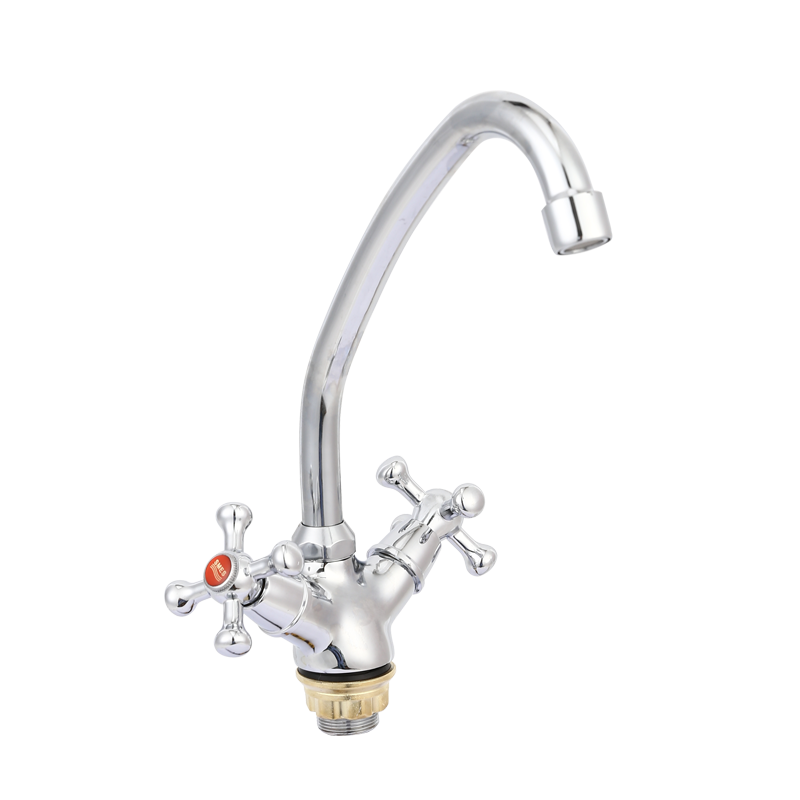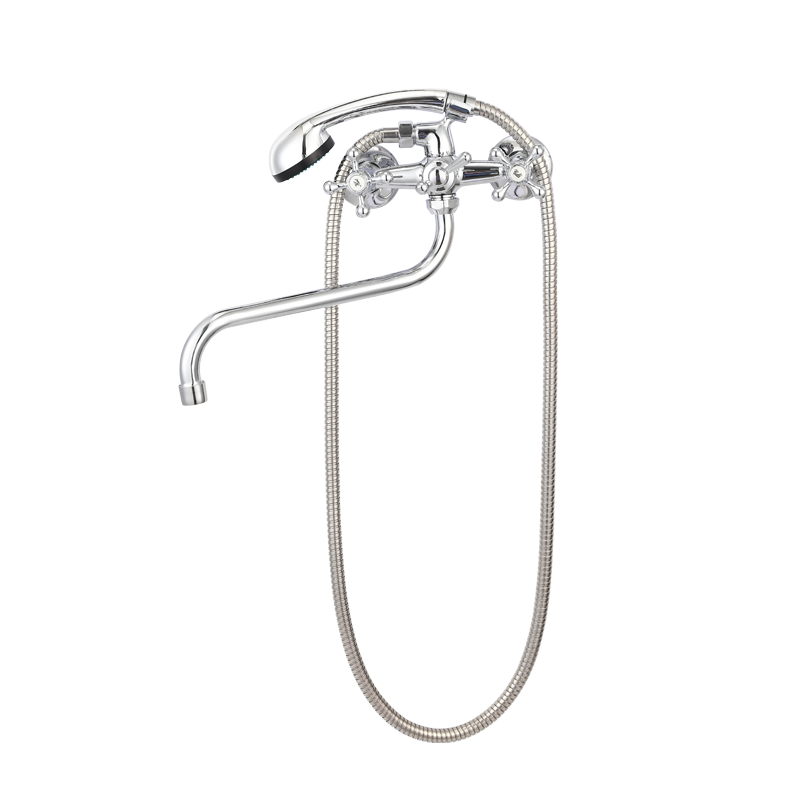Floor drain bounce is a peculiar and sometimes unnerving phenomenon that can occur in certain circumstances, particularly in large industrial or commercial spaces. This phenomenon involves the apparent bouncing or movement of objects when placed on or near a floor drain. While it may seem baffling at first, floor drain bounce can be explained by examining the underlying scientific principles and environmental factors at play. In this article, we will delve into the details of floor drain bounce, its causes, and potential solutions.
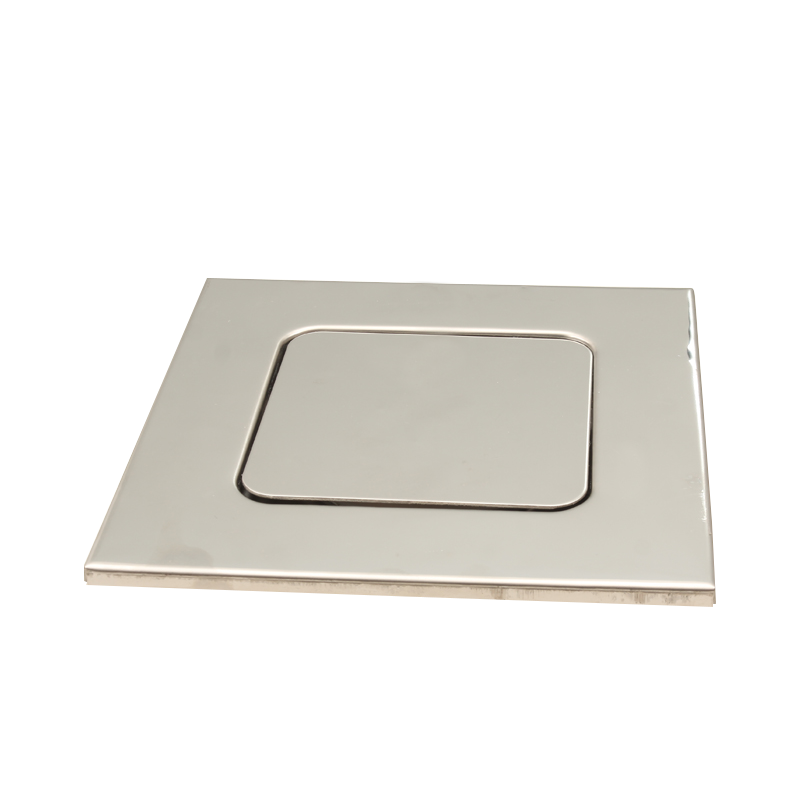

Understanding the Physics Behind Floor Drain Bounce:
To comprehend floor drain bounce, we need to explore the principles of fluid dynamics and air pressure. Floor drains are designed to prevent water from pooling on surfaces by providing an outlet for liquids to drain away. These drains are connected to a complex network of pipes that channel the liquid to an appropriate disposal system.
When a significant amount of liquid is rapidly drained through a floor drain, it creates a sudden decrease in air pressure within the drainage system. This pressure change can induce air currents or cause a rapid influx of air through the drain. Consequently, the air pressure imbalance can result in objects placed on or near the drain being lifted or moved, giving the illusion of bounce.
Factors Contributing to Floor Drain Bounce:
Several factors influence the occurrence and intensity of floor drain bounce. Let's examine the key elements involved:
Drainage Rate: The speed at which the liquid is drained plays a crucial role. A higher drainage rate produces a more significant pressure drop, amplifying the chances of floor drain bounce.
Object Weight and Shape: Lighter objects are more prone to bounce due to the weaker gravitational force holding them down. Irregularly shaped objects or those with a larger surface area in contact with the floor drain may also experience more pronounced movement.
Air Circulation: The design and ventilation of the space around the floor drain influence the air movement. Restricted airflow may exacerbate the pressure imbalance and enhance the effect of floor drain bounce.
Addressing Floor Drain Bounce:
While floor drain bounce can be intriguing, it can also pose challenges in practical settings. Here are a few strategies to mitigate or prevent this phenomenon:
Drain Design: Opt for drain systems with larger pipe diameters or multiple drains to distribute the drainage load. This reduces the speed of liquid flow, minimizing the pressure drop and potential for bounce.
Ventilation Improvement: Enhancing the airflow around the floor drain area can help equalize air pressure differentials. Installing additional vents or improving the existing ventilation system can be beneficial.
Object Placement: When placing objects near floor drains, consider their weight and shape. Heavier objects with a lower center of gravity are less likely to experience significant movement. Avoid placing lightweight or unstable objects in close proximity to drains prone to bounce.
Risk Assessment: Conduct a thorough risk assessment for potential hazards caused by floor drain bounce. In environments where sensitive or delicate equipment is present, it may be necessary to relocate the objects or take additional precautions to prevent damage.
Floor drain bounce, although perplexing, can be explained by the interplay of fluid dynamics and air pressure. Understanding the underlying physics and considering the contributing factors can help us address this phenomenon effectively. By implementing proper drain design, improving ventilation, and carefully placing objects, the likelihood and impact of floor drain bounce can be minimized. As we continue to explore and refine our understanding of these peculiar phenomena, we can create safer and more efficient spaces in various industrial and commercial settings.

 English
English русский
русский